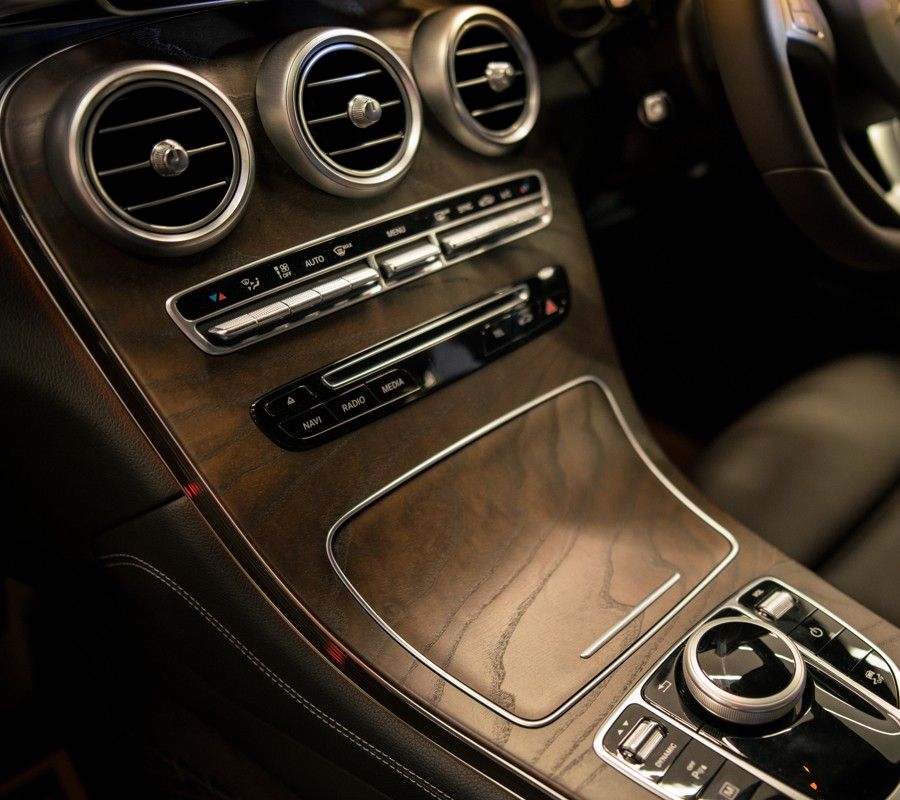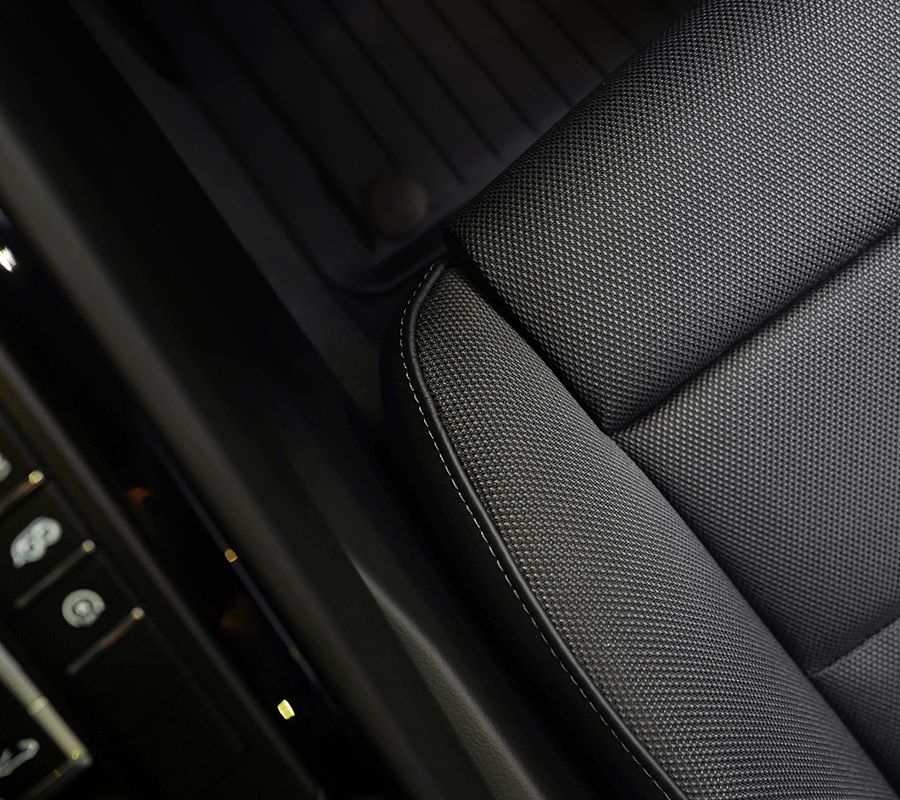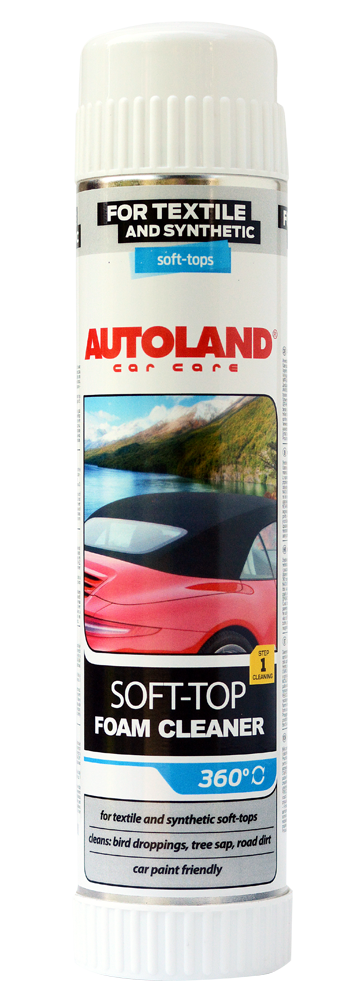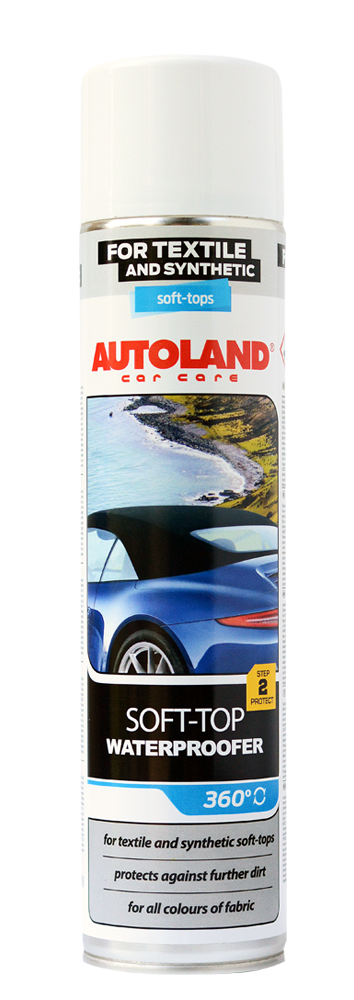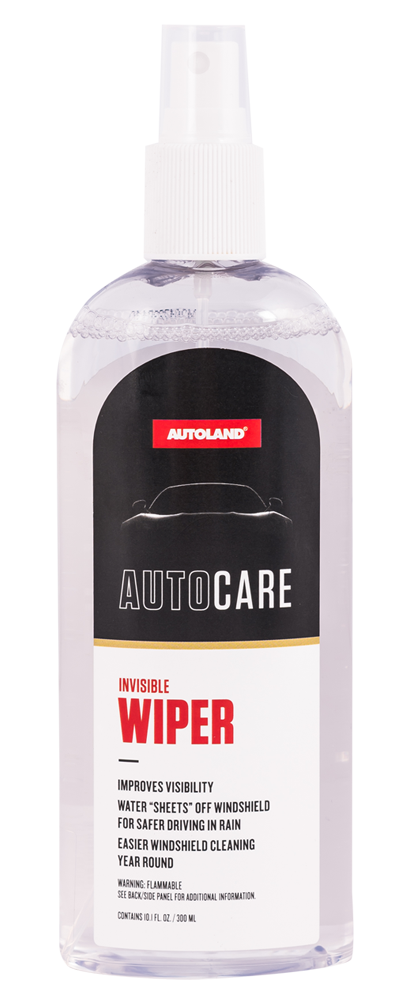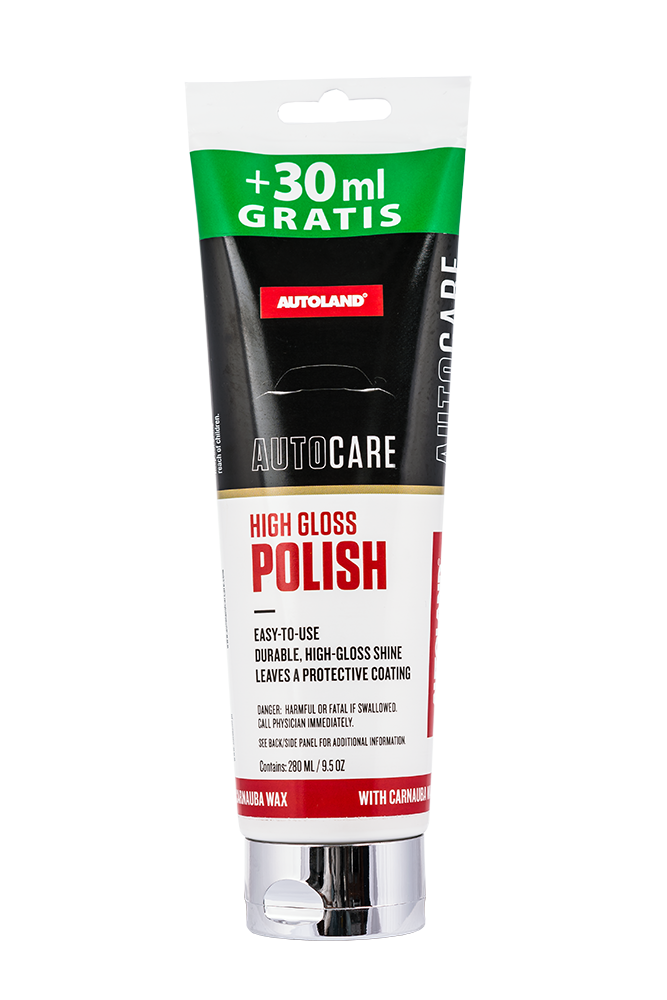Topics:
- Convertible car care, cleaning and maintenance of your soft-top and seals and preparation for periods of inactivity
Buying a car with an open roof is not really an extravagance nowadays – in Poland you can drive for months with the roof down. However, to avoid expensive repairs, your soft-top must be properly cared for. And if you’re planning a longer period of inactivity of your convertible (or car in general) over the winter, it’s worth doing it the right way. Lack of use can be detrimental for your car!
Soft roofs are back. After years of so-called coupé-cabriolets with hardtops being trendy, manufacturers are moving away from such body types. Why? Soft roofs are now soundproofed effectively enough to provide high acoustic and thermal comfort, while being lighter and simpler in design.
Among potential buyers of convertibles, including roadsters, and of any other cars with an open roof (e.g. a targa body), one of the main concerns is that the roof will leak, crack or will not close properly. In fact, these and self-closing mechanisms should be carefully inspected before purchase and the owner should also be asked whether the soft-top and its mechanism have been serviced recently.
If everything is in working order and there are no damages or holes, all that remains is to care about it, wait for the sun and enjoy the open-air ride! The way you use your convertible has a significant impact on the life of your roof, so it’s worth knowing how to carry out periodic maintenance on your soft-top to keep it in good shape for many years to come.
Convertibles in particular are affected by longer periods of inactivity – so we would like this opportunity to help you in preparing your car for a break in use. Keep reading.
Soft-top convertible: cleaning
Generally, convertible soft-tops are divided into two types: vinyl and fabric. Their proper care differs in some details, but is generally similar. Firstly, avoid automatic car washes at all costs. Wash the roof by hand, starting with vacuuming or rinsing (depending on whether the manufacturer of the cleaning chemical recommends dry or wet application). When rinsing, do not pour water from very close up on the roof covering, or with a too strong stream of water as it may cause damage and leakage to the cabin.

Secondly, shampoo can be used for washing, but a dedicated cleaning product would be better. Check the information written on the label for suitability for your roof prior to use. Apply the cleaner in a shaded place, when the surface is cool, preferably with a soft-bristled brush for a lint free finish. Fabric roofs should be brushed “along the grain” – that is, usually from the windshield towards the rear. After washing, the roof must be rinsed again, gently but thoroughly enough to remove any residue.
[produkt_1]
Then wait until fully dry. Just after washing, the roof can be gently dried with a soft, clean microfibre towel to remove excess water.
Important! A roof must not be closed when wet. If you notice any mould use a dedicated product to remove it. A sticky roll for cleaning clothes can be used on the roof surface when dry.
Soft-top convertible: maintenance/impregnation
Exactly, impregnation. Systematic waterproofing is essential to ensure the roof’s durability. A treated roof “repels” water and dirt, ages more slowly and ensures flexibility, reducing susceptibility to cracking.

It is best to impregnate your soft-top twice a year, in spring and at the end of summer. Apply the waterproofer according to the manufacturer’s instructions, on a clean and completely dry surface, usually with a sponge. The best effect is obtained by applying two coats. After applying the first one, it is necessary to wait for it to fully dry (preferably 8-12 h). Caution! Wear gloves during the application to protect your skin.
[produkt_2]
It’s worth to remember about protecting your car seals, which play a key role in a convertible and are particularly prone to aging and cracking… and replacing them is not cheap. Simply use one of our dedicated seal care products.
[produkt_3]
The last step is to protect the plastic window – this can be done with an “invisible wiper”-type product that repels water and dirt for several thousand kilometres. If the surface of the soft-top window is dulled or scratched, it can be polished using special scratch remover, which should be carefully applied following the manufacturer’s instructions.
[produkt_4]
Convertible top: how to look after it
On one hand, convertible tops should not be washed too often, but on the other hand, harmful contaminants (e.g. bird droppings) that may damage it should be removed immediately. If your soft-top has been impregnated, rinsing with water or vacuuming may be sufficient. Convertibles should not be parked under trees due to the risk of sap contamination. In winter, remove any snow from your soft-top before entering the garage to avoid prolonged exposure to moisture. For the same reason convertibles should not be kept outside under a tarpaulin.

How to prepare your car for a long period of inactivity
Convertibles are often seasonal vehicles which require special care due to the longer periods of inactivity.
Lack of use will have a negative effect on the condition of your car. Therefore, it is worthwhile to drive for a few kilometres at least once a month, to warm up all the systems and to protect tyres from deformation.
If you are unable to do this, before a longer break in use you may consider:
– increase tyre pressure by 0.5 bar;
– park the vehicle on a firm surface (damp grass encourages corrosion) and wash thoroughly beforehand to remove mud and salt;
– fill up the fuel tank (protects against water vapour build-up on the tank walls);
– do not apply the parking brake or leave in a parking mode, make sure to chock the wheels.
It’s also a good idea to wax the paintwork before a long inactivity period to protect it more effectively against the elements.
[produkt_5]
Może Cię również zainteresować:
